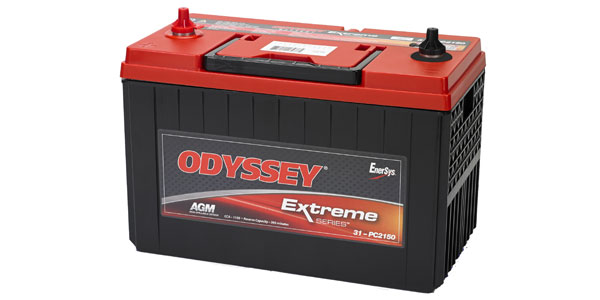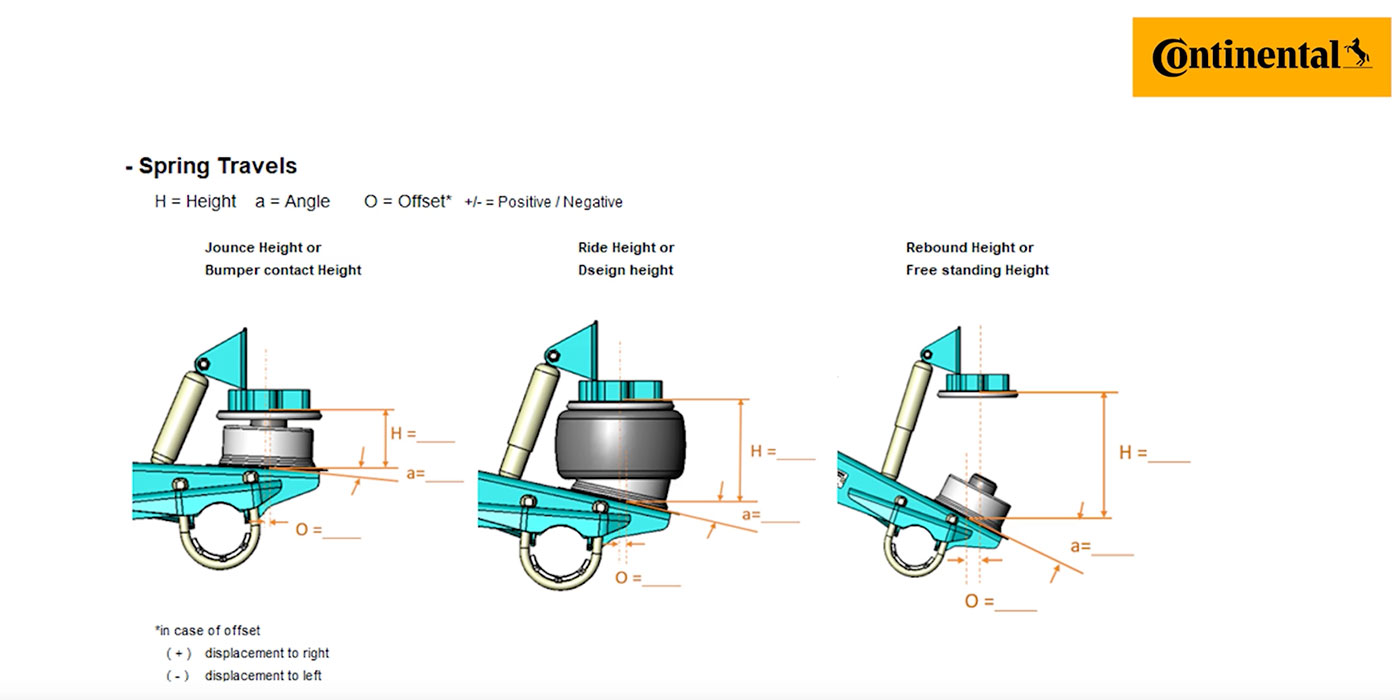
Battery Basics: Lead Acid Batteries, Absorbed Glass Mat (AGM) and Thin Plate Pure Lead (TPPL)
How do newer types of batteries, such as Absorbed Glass Mat (AGM), differ from conventional lead acid batteries? AGM batteries, like wet cell “flooded” and gel cell batteries, are types of lead acid batteries. But the unique design and enhanced features set AGM batteries apart from the others in terms of power, shelf life and durability. And, ODYSSEY® AGM batteries, with Thin Plate Pure Lead (TPPL) technology, are in a class by themselves.
This article will compare conventional lead acid batteries with AGM batteries and explain how TPPL technology has refined the chemical structure of AGM batteries to deliver greater power for automotive and heavy-duty applications.
The Conventional Flooded Lead Acid Battery Explained
Available commercially for more than 100 years, the conventional flooded lead acid battery is the oldest type of rechargeable battery technology and it has relatively low manufacturing costs. A typical 12-volt conventional lead acid battery is made of a plastic case containing six cells. Each cell includes a set of positive and negative plates, made of lead antimony or lead calcium, and are immersed in an electrolyte of a dilute sulfuric acid solution. A paste of “active material” is then bonded to the plates: sponge lead for the negative plates, lead dioxide for the positive. The chemical reaction between the active material on the lead plates and the sulfuric acid is what produces battery power.
While being a low-cost, reliable alternative for many uses, flooded lead acid batteries have their shortcomings including requiring maintenance to ensure the electrolyte level is maintained, a high self-discharge rate leading to sulphation of the plates, and the risk of the sulfuric acid electrolyte spilling and causing damage if the battery is tipped.
AGM Batteries
The advent of AGM batteries offered users a virtually maintenance-free energy storage solution with maximum power and charging capabilities.
An AGM battery contains a glass mat separator, made of fiberglass that is placed between each plate to absorb the electrolyte. This makes the battery spill proof with no additional water or electrolyte ever needed. Since the plates can be packed tighter than conventional lead acid batteries, AGM batteries offer better extreme shock and vibration resistance.
While conventional lead acid batteries need a maintenance charge every six months to prevent sulfation, AGM batteries are less prone to sulfation and can sit in storage longer before a recharge is necessary.
TPPL Battery Innovation
Premium AGM batteries, like ODYSSEY® Extreme SeriesTM and the ODYSSEY® Performance SeriesTM batteries, use advanced TPPL technology to offer even more advantages to a range of applications. The segmented plates within the ODYSSEY® battery are made of 99.99 percent pure lead – not lead alloy – and can be made thinner than plates in a conventional lead acid battery. Pure lead also self-discharges at a much slower rate than batteries containing additives, which means an ODYSSEY® battery has a shelf life of up to two years before needing recharging.
ODYSSEY® batteries offer up to three times the life of conventional flooded batteries or other AGM battery designs and have the highest recharge efficiency of any sealed lead acid battery on the market; it is capable of 100 percent recharge in 4-6 hours.
ODYSSEY® batteries work well under any weather conditions. The ODYSSEY® Performance SeriesTM battery can handle a wide range of temperatures from minus 40 degrees Fahrenheit to 140 degrees Fahrenheit, while the ODYSSEY® Extreme SeriesTM battery provides longer service life in high-heat applications and can go as high as 176 degrees Fahrenheit with no impact on performance.
The ODYSSEY® battery provides enormous cranking power, deep cycle reserve power and engine cranking pulses in excess of 2,250 amps for 5 seconds – double to triple that of equally sized conventional batteries, even at very low temperatures. They also handle 400 charge-discharge cycles to 80 percent depth of discharge (DoD). The batteries’ deep cycle capabilities also allow them to power accessories and systems when needed, such as winches, auxiliary lights, navigation and A/C compressors.
Conclusion – Know Your Facts
Premium AGM batteries with TPPL technology, like ODYSSEY® batteries, offer more power and longer life to handle today’s toughest vehicle demands.
Find out how ODYSSEY batteries can help your fleet and maintenance managers to start saving today. Visit www.odysseybattery.com to learn more or to request to be contacted by a sales representative.













